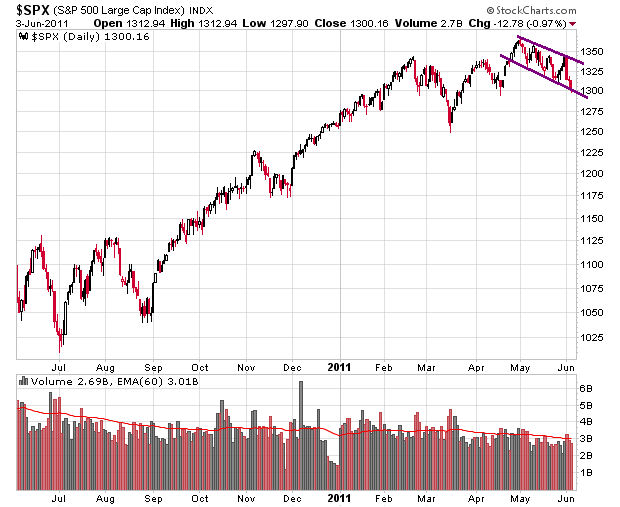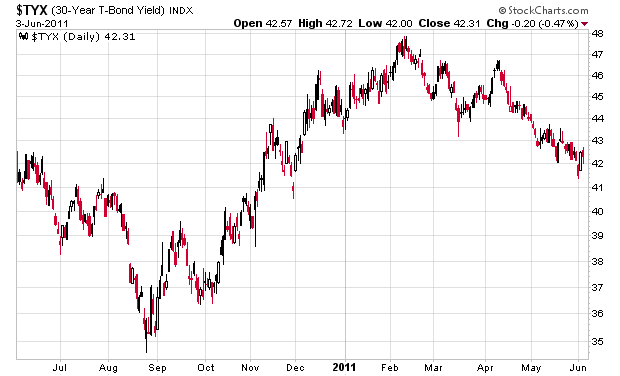You can read about Bitcoins on its own site, but summarizing the story, some computer engineers developed a currency that rely on peer-to-peer networking to conduct exchanges and also to generate new currency (which has a hard-coded limit to creation). Your ability to generate currency is directly a proportion of how much CPU power you can generate to solve a mathematical problem. With a typical personal computer, your ability to do this is quite limited. However, people with more powerful hardware (in particular, advanced graphic cards) are able to solve these problems.
What I am finding relatively amusing is that this marketplace has an active following with people actively trading bitcoins for cash and vice versa. Over the past year, the market for this product has increased significantly, with about US$500,000 traded yesterday alone:

A currency is only as good as the confidence that people have in it. In this case, they believe a currency that can be minted only by some algorithmic work is something that inspires confidence because the rate of currency generation is relatively pre-defined. In light of this, it is not that different than any other currency. Gold-backed currencies have confidence because they can be exchanged for bits of yellow metal. Some countries can mine the yellow metal better than others. Canadian (paper) currency is valuable because it can be exchanged to pay governments taxes (fundamentally, this is the only true value the Canadian dollar has).
There is also the issue of “counterfeiting”, even if the bitcoin system is technically secure. One problem is that you can create an identical digital currency and call it something different. So in this essence, counterfeiting is a very relevant concern – not direct counterfeiting, but copy-catting. Bitcoin does have a “first mover advantage” which may mitigate against this.
My last point is that generating CPU cycles is not “free” – not only do you have to keep your computer on to doing so, but the watts required to power your processor is higher when it isn’t idle. There is an interesting article about a person in Mission, British Columbia (a suburb of Vancouver, BC), getting raided by the RCMP because his power consumption was typical to that of a marijuana grow-operation. Instead, he was mining for Bitcoins. As people hit the “Bitcoin lottery” and receive a block of 50 bitcoins, this can be liquidated in the marketplace for approximately US$800-900 – not a bad haul for an expenditure of electricity.
The debate here should not be whether Bitcoins are useful as a currency or not, but the lesson here is strictly one in economics – people see value in very strange things, and when people do see value, there will be markets created. In this case, the product is a currency that is only valuable because of its rarity and difficulty of generation, and is not too different than trading artwork or collectibles which have similar appeal.



